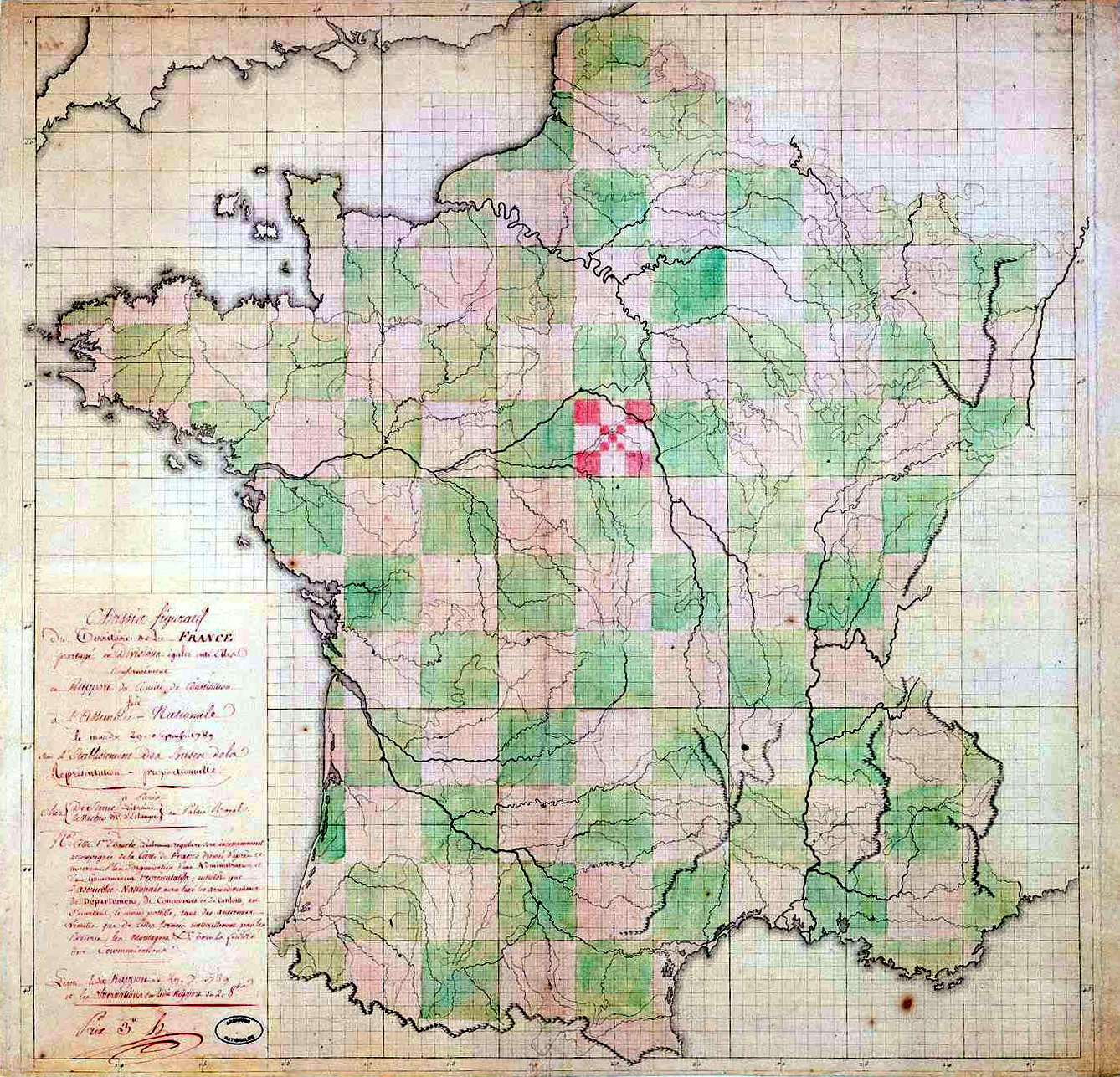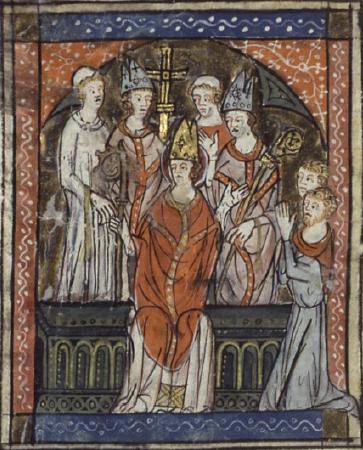|
Brias
Brias (; , before 1997: ''Bryas'') is a commune in the Pas-de-Calais department in the Hauts-de-France region in northern France. Geography A farming village located 22 miles (35 km) northwest of Arras on the N41 road, at the junction with the D81. History First mentioned in 1212, as the fiefdom of Gille de la Tourette. The château of Bryas served as headquarters for Marshal Foch during the Second Battle of Artois, in 1915. The commune agreed to change the spelling of the name from Bryas in 1997. Population Sights * The church of St. Martin * The château, rebuilt between 1789 and 1805 See also *Communes of the Pas-de-Calais department The following is a list of the 887 communes of the Pas-de-Calais department of France. The communes cooperate in the following intercommunalities (as of 2025): References [...More Info...] [...Related Items...] OR: [Wikipedia] [Google] [Baidu] [Amazon] |
Communes Of The Pas-de-Calais Department
The following is a list of the 887 communes of the Pas-de-Calais department of France. The communes cooperate in the following intercommunalities (as of 2025):Périmètre des groupements en 2025 BANATIC. Accessed 28 May 2025. * Communauté urbaine d'Arras * Communauté d'agglomération de Béthune-Bruay, Artois-Lys Romane * Communauté d'agglomération du Bo ... [...More Info...] [...Related Items...] OR: [Wikipedia] [Google] [Baidu] [Amazon] |
Communauté De Communes Du Ternois
The Communauté de communes du Ternois is a '' communauté de communes'', an intercommunal structure, in the Pas-de-Calais and Somme departments, in the Hauts-de-France region, northern France. It was created in January 2017 by the merger of the former communautés de communes L'Auxillois, Région de Frévent, Le Pernois and Vertes Collines du Saint-Polois. 30 August 2016, p 59 Its area is 633.6 km2, and its population was 38,158 in 2018.Comparateur de territoire INSEE, accessed 8 April 2022. Its seat is in [...More Info...] [...Related Items...] OR: [Wikipedia] [Google] [Baidu] [Amazon] |
Communes Of France
A () is a level of administrative divisions of France, administrative division in the France, French Republic. French are analogous to civil townships and incorporated municipality, municipalities in Canada and the United States; ' in Germany; ' in Italy; ' in Spain; or civil parishes in the United Kingdom. are based on historical geographic communities or villages and are vested with significant powers to manage the populations and land of the geographic area covered. The are the fourth-level administrative divisions of France. vary widely in size and area, from large sprawling cities with millions of inhabitants like Paris, to small hamlet (place), hamlets with only a handful of inhabitants. typically are based on pre-existing villages and facilitate local governance. All have names, but not all named geographic areas or groups of people residing together are ( or ), the difference residing in the lack of administrative powers. Except for the Municipal arrondissem ... [...More Info...] [...Related Items...] OR: [Wikipedia] [Google] [Baidu] [Amazon] |
Pas-de-Calais
The Pas-de-Calais (, ' strait of Calais'; ; ) is a department in northern France named after the French designation of the Strait of Dover, which it borders. It has the most communes of all the departments of France, with 890, and is the 8th most populous. It had a population of 1,465,278 in 2019.Populations légales 2019: 62 Pas-de-Calais INSEE The Calais Passage connects to the Port of Calais on the . The Pas-de-Calais borders the departments of [...More Info...] [...Related Items...] OR: [Wikipedia] [Google] [Baidu] [Amazon] |
Departments Of France
In the administrative divisions of France, the department (, ) is one of the three levels of government under the national level ("territorial collectivity, territorial collectivities"), between the Regions of France, administrative regions and the Communes of France, communes. There are a total of 101 departments, consisting of ninety-six departments in metropolitan France, and five Overseas department and region, overseas departments, which are also classified as overseas regions. Departments are further subdivided into 333 Arrondissements of France, arrondissements and 2,054 Cantons of France, cantons (as of 2023). These last two levels of government have no political autonomy, instead serving as the administrative basis for the local organisation of police, fire departments, and, in certain cases, elections. Each department is administered by an elected body called a departmental council (France), departmental council ( , ). From 1800 to April 2015, these were called gene ... [...More Info...] [...Related Items...] OR: [Wikipedia] [Google] [Baidu] [Amazon] |
Hauts-de-France
Hauts-de-France (; ; ), also referred to in English as Upper France, is the northernmost region of France, created by the territorial reform of French regions in 2014, from a merger of Nord-Pas-de-Calais and Picardy. Its prefecture is Lille. The new region came into existence on 1 January 2016, after regional elections in December 2015. The Conseil d'État approved Hauts-de-France as the name of the region on 28 September 2016, effective the following 30 September. With 6,009,976 inhabitants as of 1 January 2015 and a population density of 189 inhabitants per km2, it is the third most populous region in France and the second-most densely populated in metropolitan France after its southern neighbour Île-de-France. It is bordered by Belgium to the north and by the United Kingdom to the northwest through the Channel Tunnel, a railway tunnel crossing the English Channel. The region is a blend mixture of French and (southern-) Dutch cultures. Toponymy The region's interim ... [...More Info...] [...Related Items...] OR: [Wikipedia] [Google] [Baidu] [Amazon] |
Regions Of France
France is divided into eighteen administrative regions (, singular ), of which thirteen are located in metropolitan France (in Europe), while the other five are overseas regions (not to be confused with the overseas collectivities, which have a semi-autonomous status). All of the thirteen metropolitan administrative regions (including Corsica ) are further subdivided into two to thirteen administrative departments, with the prefect of each region's administrative centre's department also acting as the regional prefect. The overseas regions administratively consist of only one department each and hence also have the status of overseas departments. Most administrative regions also have the status of regional territorial collectivities, which comes with a local government, with departmental and communal collectivities below the regional level. The exceptions are Corsica, French Guiana, Mayotte and Martinique, where region and department functions are managed by single l ... [...More Info...] [...Related Items...] OR: [Wikipedia] [Google] [Baidu] [Amazon] |
France
France, officially the French Republic, is a country located primarily in Western Europe. Overseas France, Its overseas regions and territories include French Guiana in South America, Saint Pierre and Miquelon in the Atlantic Ocean#North Atlantic, North Atlantic, the French West Indies, and List of islands of France, many islands in Oceania and the Indian Ocean, giving it Exclusive economic zone of France, one of the largest discontiguous exclusive economic zones in the world. Metropolitan France shares borders with Belgium and Luxembourg to the north; Germany to the northeast; Switzerland to the east; Italy and Monaco to the southeast; Andorra and Spain to the south; and a maritime border with the United Kingdom to the northwest. Its metropolitan area extends from the Rhine to the Atlantic Ocean and from the Mediterranean Sea to the English Channel and the North Sea. Its Regions of France, eighteen integral regions—five of which are overseas—span a combined area of and hav ... [...More Info...] [...Related Items...] OR: [Wikipedia] [Google] [Baidu] [Amazon] |
Arras
Arras ( , ; ; historical ) is the prefecture of the Pas-de-Calais department, which forms part of the region of Hauts-de-France; before the reorganization of 2014 it was in Nord-Pas-de-Calais. The historic centre of the Artois region, with a Baroque town square, Arras is in northern France at the confluence of the rivers Scarpe and Crinchon. The Arras plain is on a large chalk plateau bordered on the north by the Marqueffles fault, on the southwest by the Artois and Ternois hills, and on the south by the slopes of Beaufort-Blavincourt. On the east it is connected to the Scarpe valley. Saint Vedast (or St. Vaast) was the first Catholic bishop in the year 499 and tried to eliminate paganism among the Franks. By 843, Arras was seat of the County of Artois which became part of the Royal domain in 1191. The first mention of the name ''Arras'' appeared in the 12th century. Some hypothesize it is a contraction of '' Atrebates'', a Belgic tribe of Gaul and Britain that u ... [...More Info...] [...Related Items...] OR: [Wikipedia] [Google] [Baidu] [Amazon] |
Route Nationale
A ''route nationale'', or simply ''nationale'', is a class of trunk road in France. They are important roads of national significance which cross broad portions of the French territory, in contrast to departmental or communal roads which serve more limited local areas. Their use is free, except when crossing certain structures subject to a toll. They are open to all vehicles, except on certain sections having motorway ('' autoroute'') or express road (''voie express'') status, both of these categories being reserved for motorized vehicles only. France at one time had some 30,500 km of ''routes nationales'' and publicly owned motorways, but this figure has decreased with the transfer of the responsibility for many routes to the '' départements'' so that by 2010 the total length of motorways and other national roads was around 21,100 km. By way of comparison, ''routes départementales'' in the same year covered a total distance of 378,000 km. The layout of the ma ... [...More Info...] [...Related Items...] OR: [Wikipedia] [Google] [Baidu] [Amazon] |
Fiefdom
A fief (; ) was a central element in medieval contracts based on feudal law. It consisted of a form of property holding or other rights granted by an overlord to a vassal, who held it in fealty or "in fee" in return for a form of feudal allegiance, services or payments. The fees were often lands, land revenue or revenue-producing real property like a watermill, held in feudal land tenure: these are typically known as fiefs or fiefdoms. However, not only land but anything of value could be held in fee, including governmental office, rights of exploitation such as hunting, fishing or felling trees, monopolies in trade, money rents and tax farms. There never existed a standard feudal system, nor did there exist only one type of fief. Over the ages, depending on the region, there was a broad variety of customs using the same basic legal principles in many variations. Terminology In ancient Rome, a " benefice" (from the Latin noun , meaning "benefit") was a gift of land () f ... [...More Info...] [...Related Items...] OR: [Wikipedia] [Google] [Baidu] [Amazon] |
Ferdinand Foch
Ferdinand Foch ( , ; 2 October 1851 – 20 March 1929) was a French general, Marshal of France and a member of the Académie Française and French Academy of Sciences, Académie des Sciences. He distinguished himself as Supreme Allied Commander#World War I, Supreme Allied Commander on the Western Front during the World War I, First World War in 1918. A commander during the First First Battle of the Marne, Marne, First Battle of Ypres, Flanders and First Battle of Artois, Artois campaigns of 1914–1916, Foch became Supreme Allied Commander in late March 1918 in the face of the all-out German spring offensive. He successfully coordinated the French, British and American efforts, deftly handling his strategic reserves. He stopped the German offensive and launched a Hundred Days Offensive, war-winning counterattack. In November 1918, Marshal Foch accepted the German cessation of hostilities and was present at the Armistice of 11 November 1918. At the outbreak of war in August 1914 ... [...More Info...] [...Related Items...] OR: [Wikipedia] [Google] [Baidu] [Amazon] |



